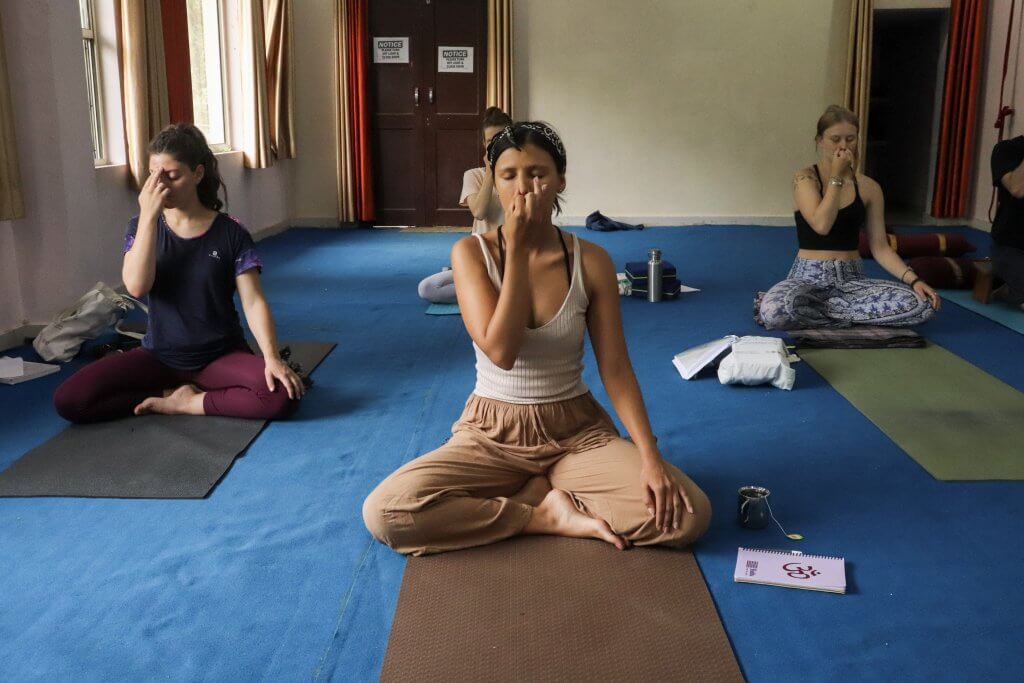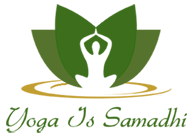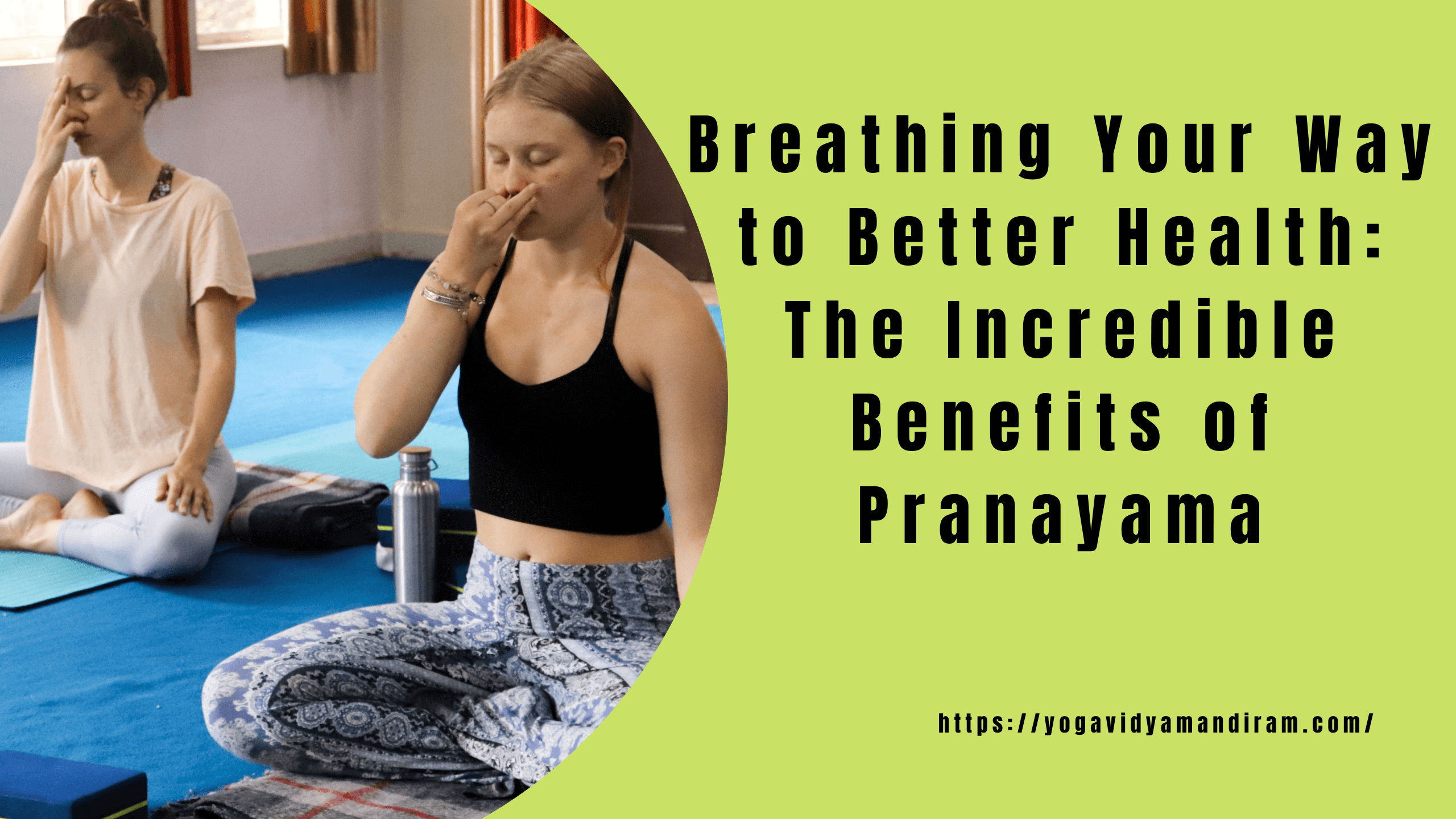Are you feeling stressed, anxious or simply looking for a way to improve your health and well-being? Look no further than pranayama, the ancient practice of breath control that has been shown to offer incredible benefits for both mind and body. From reducing stress and anxiety to improving lung function and boosting immunity, the power of pranayama is truly remarkable.
Introduction to Pranayama
Pranayama, or “conscious breathing,” is a powerful tool that can help improve your physical and mental health. When you practice pranayama, you breathe slowly and deeply, which has a calming effect on the body and mind. Additionally, pranayama can help improve respiratory function, increase energy levels, relieve stress and anxiety, and boost immunity.
If you are new to pranayama, start by practicing for a few minutes each day. Once you are comfortable with the basic techniques, you can gradually increase the length of your sessions. Remember to listen to your body and breathe in a way that feels comfortable for you.

Benefits of Pranayama
Pranayama, or the control of breath, is one of the most important aspects of yoga. It is said that pranayama can help to control the mind and body, and bring about a state of physical and mental well-being.
There are many benefits of pranayama, including:
1. Pranayama can help to improve your respiratory system.
2. Pranayama can help to improve your cardiovascular system.
3. Pranayama can help to boost your immune system.
4. Pranayama can help to detoxify your body.
5. Pranayama can help to improve your digestion.
Types of Pranayama Breathing Techniques
Pranayama breathing techniques are an important part of yoga and meditation. There are many different types of pranayama, each with its own benefits.
Ujjayi Breath, also known as ocean breath, is a calming and grounding technique that can help to ease anxiety and stress. This type of breath is also said to improve circulation and boost the immune system.
Nadi shodhana, or alternate nostril breathing, is a balancing technique that is said to help reduce stress and promote relaxation. This type of pranayama is also said to improve respiratory function and boost energy levels.
Bhastrika Breath, or bellows breath, is a stimulating technique that is said to improve circulation and digestion. This type of pranayama is also said to increase mental clarity and focus.
Kapalabhati Breath, or skull shining breath, is a cleansing technique that is said to detoxify the body and improve respiratory function. This type of pranayama is also said to boost energy levels and improve mental clarity.
Practicing Pranayama at Home
Pranayama is an incredibly powerful tool that can be used to improve your health and well-being. There are many different ways to practice pranayama, but one of the most effective ways is to do it at home.
There are a few things you need to keep in mind when practicing pranayama at home:
1. Make sure you have a comfortable place to sit or lie down. You don’t want to be interrupted while you’re doing your breathing exercises, so find a quiet spot where you won’t be disturbed.
2. It’s important to focus on your breath and not let your mind wander. If your mind does start to wander, simply bring your attention back to your breath.
3. Start with a few minutes of breathing exercises and gradually increase the time as you get more comfortable with it. There’s no need to push yourself too hard – just go at a pace that feels comfortable for you.
Also Read – Best Yoga School in Rishikesh
Safety Tips When Practicing Pranayama
When practicing pranayama, it is important to be aware of your breath and body. Make sure to practice in a comfortable environment where you will not be interrupted. It is also important to be hydrated before you begin.
Start by sitting in a comfortable position with your spine straight. You can sit on the floor or in a chair. Place one hand on your stomach and the other on your chest. Begin to breathe deeply through your nose, filling up your stomach first and then your chest. Breathe out slowly through your mouth.
Focus on your breath and try to lengthen each inhale and exhale. You can use a counting method to help keep track of your breathing. For example, count to four as you inhale and count to eight as you exhale. Practice this for several minutes, or until you feel calm and relaxed.
If you start to feel lightheaded or dizzy at any point, stop immediately and sit down. Drink some water and rest for a few minutes before continuing. Don’t push yourself too hard – pranayama should be calming and relaxing, not strenuous!
How to Incorporate Pranayama into Your Life
Pranayama, or breath control, is a powerful tool that can help you improve your health in many ways. Just by incorporating some simple breathing exercises into your daily routine, you can enjoy a host of benefits including reduced stress, improved cardiovascular health, and better lung function.
Here are some tips on how to get started with pranayama:
1. Find a comfortable place to sit or lie down. You want to be able to focus on your breath without being distracted, so make sure you’re in a quiet environment where you won’t be interrupted.
2. Start by taking some deep belly breaths. Place one hand on your stomach and inhale deeply through your nose, filling up your stomach like a balloon. exhale slowly through your mouth.
3. Once you’re comfortable with deep belly breathing, you can move on to more advanced techniques such as kapalabhati and ujjayi breathing. These involve exhaling forcefully and/or breathing with an audible “hissing” sound.
4. Practice for 5-10 minutes each day, gradually increasing the length of time as you become more comfortable with the exercises.
5. Remember to listen to your body – if you feel lightheaded or dizzy at any point, stop immediately and rest until the feeling passes.
Conclusion
Pranayama can be a powerful tool for improving your overall health and wellbeing. It is simple, natural, and accessible to everyone. With regular practice, you can experience the incredible benefits of pranayama including improved breathing patterns, increased lung capacity, reduced stress levels, better sleep quality and an enhanced sense of calmness. Start with simple exercises such as Ujjayi or Nadi Shodhana and work your way up to more advanced practices like Kapalabhati or Bhastrika. As long as you are consistent in your practice, the results will follow soon enough!
Read More: Why You Should Practice Pranayama Every Day?


Leave a Reply